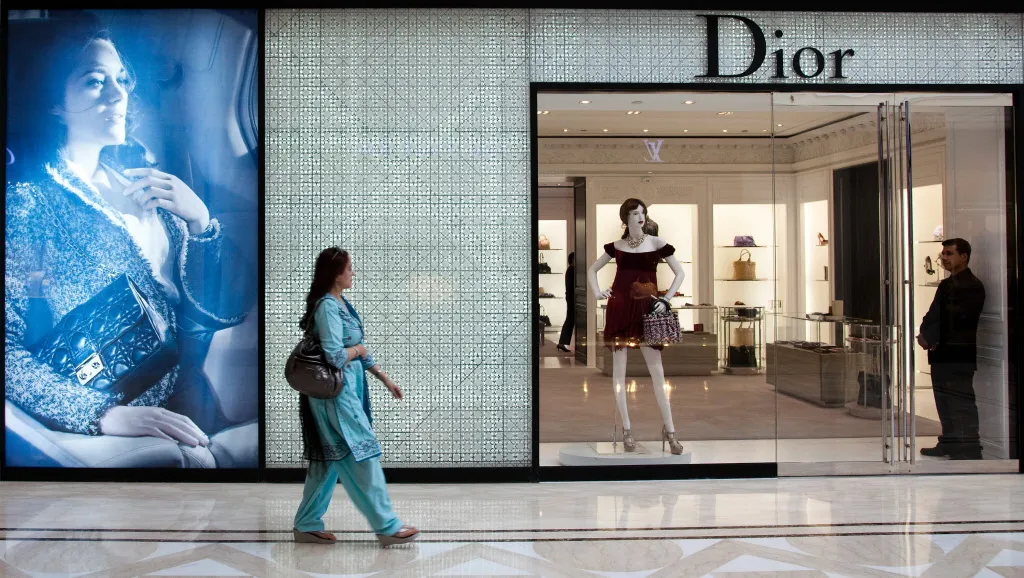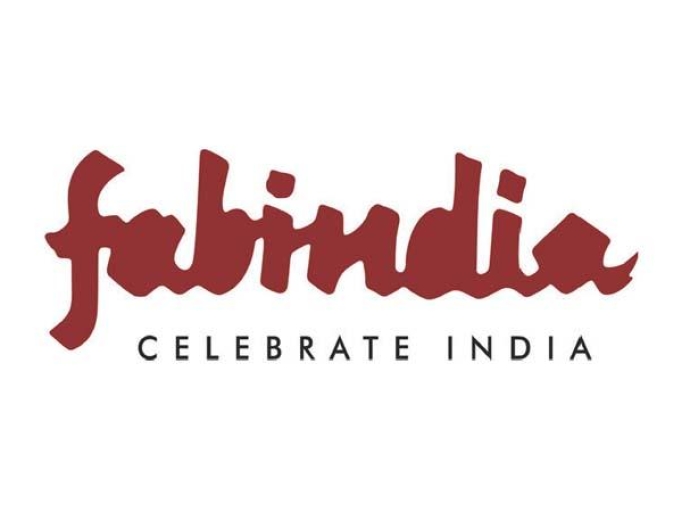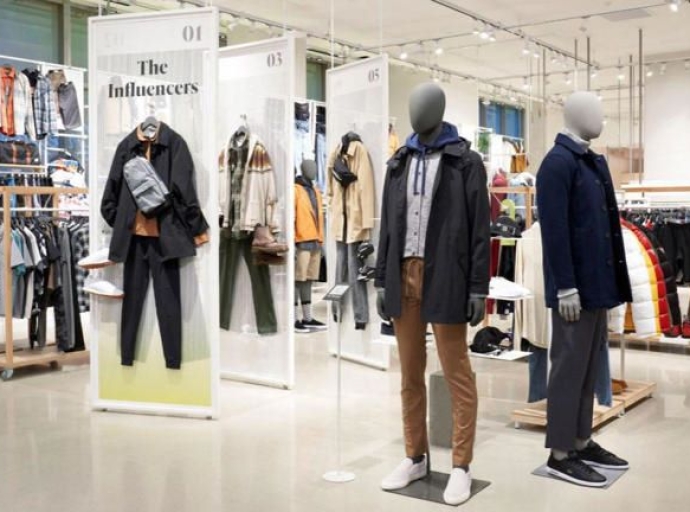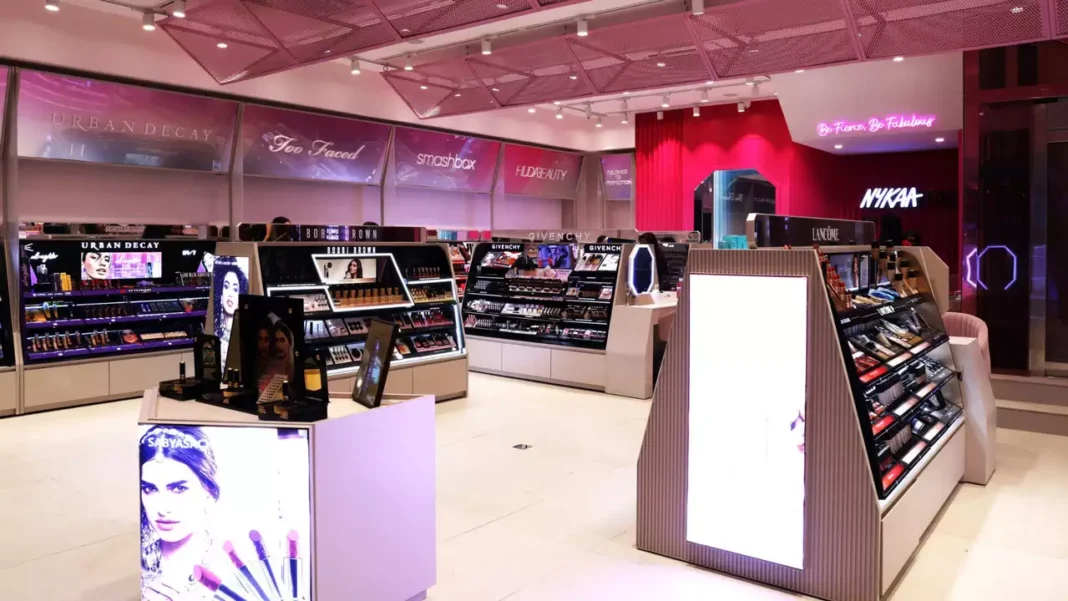Clovia has appointed former Miss World and rising Bollywood star Manushi Chhillar as its newest brand ambassador. A significant milestone for Clovia, this collaboration aims to foster relatable conversations and celebrate the essence of womanhood, resonating with audiences across the country.
Chhillar takes center stage in Clovia's latest national TV advertising campaign titled 'Coffee to Club with Clovia.' The renowned actress will represent the brand in an extensive campaign that spans Out-of-Home (OOH) advertising, digital media, and television.
The TV commercial (TVC) centers on the concept of Clovia as a supportive companion for women through life's various adventures and intimate moments, akin to a trusted friend. The storyline follows Manushi Chhillar’s authentic interactions with her friend, showcasing her spontaneous and adventurous nature as she navigates her daily plans.
From casual coffee outings to glamorous evenings and heartfelt conversations at home, the TVC beautifully captures the essence of everyday life, highlighting friendships and challenges. The partnership between Chhillar and Clovia symbolises a shared commitment to the values of joy, independence, and resilience – qualities that define the essence of a Clovia Girl.
Chillar’s self-made, ambitious, and hardworking persona naturally embodies the spirit of a Clovia Girl. Her journey from medicine to fashion and acting mirrors Clovia's evolution as a brand dedicated to empowering women.




































